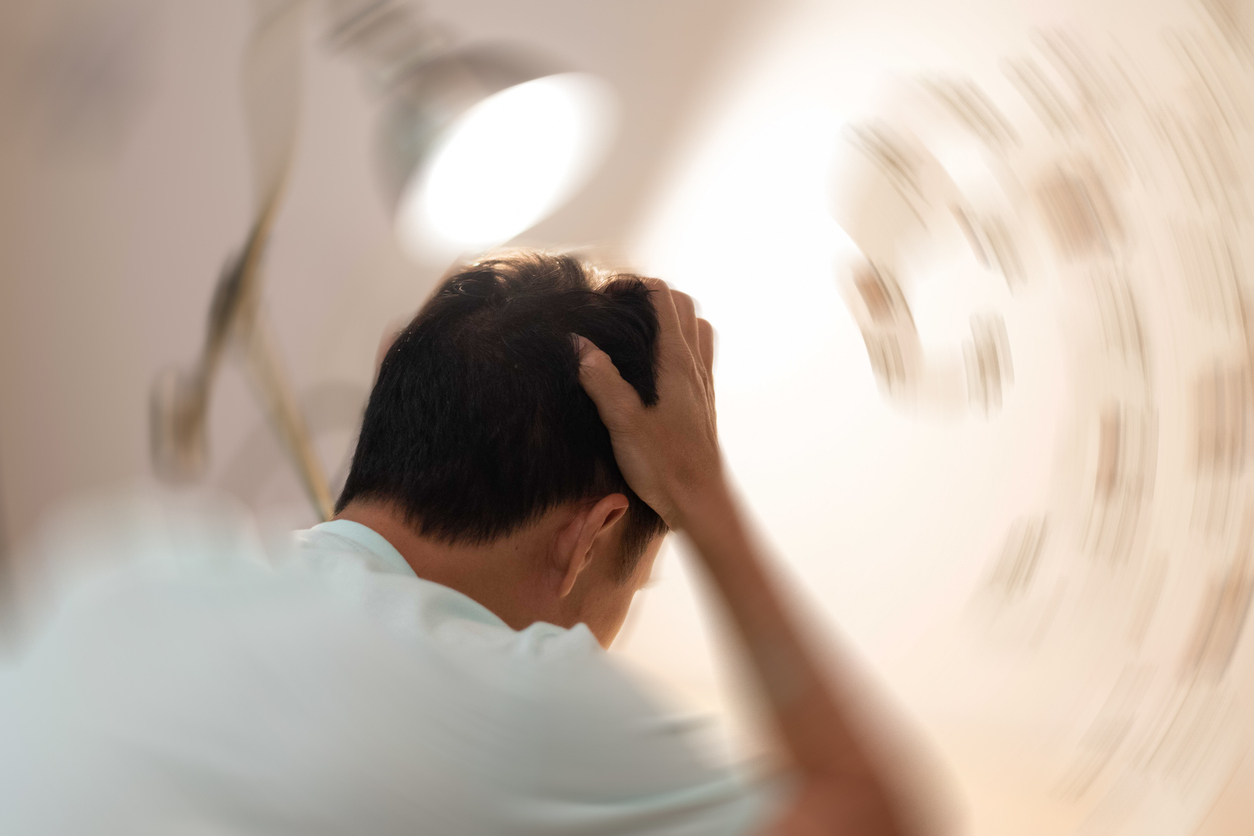Anxiety disorders represent the most common mental illnesses present in the United States today. According to the Anxiety and Depression Association of America, roughly 40 million adults over the age of 18 are affected every year. That is 18% of the national population! As many as 25% of American adults having an anxiety disorder at some point during their lifetime. The physical symptoms of anxiety disorders can become rapidly apparent.
Predictably, anxiety disorders have not been spared from the stigmatization of mental health. Rather than being treated as inherently dangerous or uncontrollable, people with anxiety disorders regularly face apathy and even scorn, as the remaining majority of the population refuse to validate the condition. The combination of social perceptions and the lack of access to affordable medical care for many patients with mental health disorders has resulted in less than 37% of people with anxiety disorders receiving treatment for their condition.
Mental Health and the Body
Indeed, an anxiety disorder is primarily a mental health issue. But this classification can be misleading. The Australian National Survey of Mental Health Literacy and Stigma found that the mental nature of anxiety disorders deeply affected popular perceptions. Most of those surveyed refused to believe that it was a real medical condition. Indeed, they posited that anxiety disorders were reflective of “personal weakness.”
In reality, any person who has experienced one of these disorders can tell you that it isn’t as simple as “snap[ping] out of it.” The brain and body are completely intertwined. A person suffering from an anxiety disorder isn’t merely dealing with negative thoughts and fears. They are battling an entire host of physical symptoms of anxiety disorders that further complicate the existing situation.
It is important to note that an entire range of anxiety orders exist, and some have very particular physical tells. The purpose of this article is not to diagnose a specific anxiety disorder but to help you recognize the general physical symptoms. If you or someone close to you is consistently demonstrating behaviors or symptoms consistent with an anxiety disorder, your next move is to seek/encourage professional diagnosis and treatment. Contact Cognitive Behavior Associates for professional help and a personalized treatment plan.
Recognizing the Physical Symptoms of Anxiety
When it comes to anxiety, there is a long list of possible symptoms. Some of these are emotional, but even they are often expressed in physiological terms.
Here are the ten most common physical symptoms to pay attention to if you suspect that you or someone close to you may be suffering from an anxiety disorder. These include:
- Chronic symptoms, which generally affect the person daily
- Triggered responses, which usually occur during an attack
Chronic Symptoms:
- Insomnia or Intermittent Sleep: Difficulty sleeping is a common symptom of an anxiety disorder. But not all people experience conventional insomnia. Some will wake up throughout the night, preventing adequate rest.
- Difficulty Concentrating: In most cases, the mind seems to revert to the source of the anxiety. This prevents long periods of concentration on other subjects.
- Regularly Avoiding Triggers: This is purposefully vague, as triggers can vary widely based on the diagnosis and source of anxiety. Pay attention to those who regularly seem to want to avoid crowds, loud atmospheres, or other specific stimuli. If they become agitated, try having a more open conversation about how those situations make them feel and make your support clear.
Triggered Responses:
- Uncontrollable Shaking
- Sweating
- Elevated Heart Rate
- Hyperventilation
- Nausea
- Muscle Weakness
- Fainting
For the most part, when a person has a triggered response, you will notice several of these symptoms simultaneously. Please refer to our guide on how to help someone who is having a panic attack to learn more about what you can do to help without causing additional harm. Always be careful and understanding. An anxiety disorder can make someone feel isolated. By providing compassionate help, you can make a difference.

